How well do you know your festive traditions? Here’s one for the 12 days of Christmas
View(s):Countless traditions accompany the holiday season. It’s impossible to wrap up every Christmas tradition into a tidy little box with a big red bow, but if we tried, we’d have to include fruitcake, carols, mistletoe and a whole lot more. To the absolute festive fanatics here’s a quiz to test your mettle.
Read on to see how you score :
1.It’s a time-honoured Christmas tradition to kiss under the mistletoe, but no one’s quite sure when and where the practice originated. Which of the following is NOT accepted as a possible origin of the tradition?
a) Ancient Romans were the first to pucker up under the mistletoe during the mid-December festival of Saturnalia.
b) The tradition began with the Vikings, who associated mistletoe with Frigga, the goddess of love.
c) In the formal era of Victorian England, people began stealing kisses under the mistletoe as an excuse to show affection in public.
2.One of the most popular performances to take in during the holiday season is “The Nutcracker,” a ballet based on E.T.A. 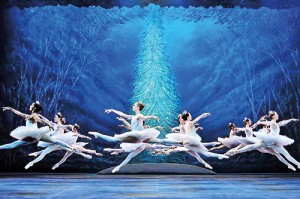 Hoffman’s “The Nutcracker and the King of Mice.” Alexander Dumas (who wrote “The Three Musketeers”) adapted Hoffman’s tale into the story on which the ballet is based. But who choreographed the ballet?
Hoffman’s “The Nutcracker and the King of Mice.” Alexander Dumas (who wrote “The Three Musketeers”) adapted Hoffman’s tale into the story on which the ballet is based. But who choreographed the ballet?
a)George Balanchine
b)Marius Petipa
c)Agnes de Mille
3.Which of the following phrases completes this rhyming couplet from Clement C. Moore’s 1822 poem “The Night Before Christmas”: “He was chubby and plump, a right jolly old elf…”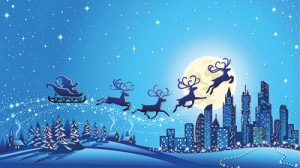
a)”…and there in the flesh, he was real as myself.”
b)”…and I marveled at the gifts for the children and myself.”
c)”…and I laughed when I saw him, in spite of myself.”
4.The much-loved 1983 film “A Christmas Story” is actually based on a book of short stories and essays by what author?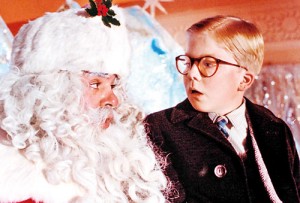
a)Dylan Thomas
b)Shirley Jackson
c) Jean Shepherd
5.In Charles Dickens’ “A Christmas Carol,” which ghost is a good-humoured, burly spirit who wears an evergreen robe?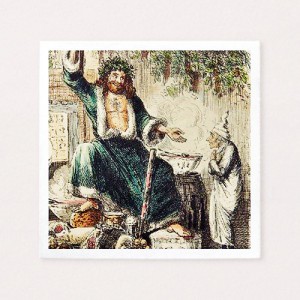
a)The Ghost of Christmas Present
b) The Ghost of Christmas Past
c)The Ghost of Christmas yet to come
6.Which of the following is an explanation of the origins of the Christmas stocking being hung by the fire?
a) St. Nick threw some money and it landed in a stocking drying over the fire
b)As Christmas occurs in Winter in the Northern Hemisphere it was decided that stockings were a great receptacle for gifts
c) The first true Christmas present was a pair of socks
d) Children would take off their socks and leave them by the fire – as St. Nick entered houses via the chimney he would fill the socks with gifts
7.Which American department store was the story of Rudolph (and his red nose) created for?
a)Macy’s
b)Montgomery Ward
c)Woolmart
d) Liberty’s
8.When is it considered lucky to eat mince pies?
a) Christmas morning
b) On New Year’s eve
c) On each of the twelve days of Christmas
9.When making your own Christmas pudding which direction should you stir it?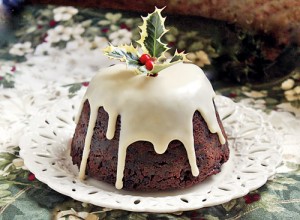
a) South to North
b) North to South
c) East to West
d) West to East
10.Before turkey was introduced to Britain from the US what did the wealthy eat for their traditional Christmas dinner?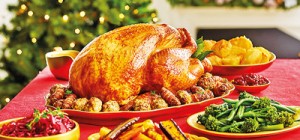
a) Chicken
b) Beef
c) Peacock
11.What is the origin of Boxing Day?
a)Boxes that presents are enclosed in are collected on this day
b) Alms money collected in a box which is distributed
c) In the Middle Ages boxing matches would be held on this day
d) Hares are usually seen “boxing” around this time of year and the name stuck
12.Which royal popularized the Christmas tree in England?
a) Benjamin Disraeli
b) Prince Albert
c) William Gladstone
d) Princess Alexandra
| Answers | |
| 1. (c) Anwser : Both the Vikings and the Romans kissed under the mistletoe, a leafy green plant that some cultures consider an aphrodisiac. The Victorians were incredibly prim, so it’s doubtful they endorsed any type of PDA — even a quick peck under the mistletoe. 2. (b) Answer : In the 1890s, French-born Marius Petipa choreographed “The Nutcracker” based on Dumas’ retelling of the story. His ballet also interprets the famous score by Pyotr Ilyich Tchaikovsky. 3. (c) Answer : The phrase that completes this rhyming couplet in “The Night Before Christmas,” also referred to as “A Visit from St. Nicholas,” is “…and I laughed when I saw him, in spite of myself.” 4. (c) Answer : A must-see film during the holiday season, “A Christmas Story” is actually based on short stories and essays by American writer Jean Shepherd. Dylan Thomas actually did write a book about Christmas (“A Child’s Christmas in Wales”) but it’s a little more high-brow. 5. (a) Answer: In the quintessential Victorian Christmas classic, the Ghost of Christmas Present is the jolly green giant. He’s a lot more fun than the strange spritelike Ghost of Christmas Past and the frightening faceless Ghost of Christmas Yet to Come. 6. (a) Answer : It is also said that Dutch children would leave clogs full of straw for reindeers, and treats for Santa. In return he’d fill the clogs with gifts and gradually the clogs became stockings. 7. (b) Answer : The story was created as a promotional gimmick to make the most of Christmas. Rudolph nearly wasn’t used in case customers thought he was tipsy! 8. (d) Answer : We are not sure why it’s lucky, but as mince pies were filled with fairly luxury items in the Middle Ages (minced game and spices) we would have thought that anyone who could eat them every day for 12 days was pretty lucky. 9. (c) Answer : It represents the journey of the three wise men. Make sure you have your compass handy when you call in each family member to stir the pudding – oh and don’t forget the lucky coin! 10. (c) Answer : They also used to eat swan which would be more about the look of the bird rather than the taste, as after roasting the birds were dressed again in their fine feathers. 11. (b) Answer : The money was collected throughout the year in an “alms box” and was distributed to the poor and needy the day after Christmas. 12 (b) Answer : The Christmas tree was a German tradition and Prince Albert brought the tradition to Windsor Castle in 1841. |


